Stretching 68 km from the O Lau River mouth to the Tu Hien sea mouth, the Tam Giang - Cau Hai lagoon system is like a shimmering silk strip across the coastal area of Hue City. This is not only the largest lagoon in Southeast Asia, but also the home of about 300,000 residents who have lived together for generations thanks to this immense water surface.
For many years, the people here have quietly made a living by farming and exploiting aquatic products on the lagoon surface. The shrimp, fish, seaweed patches, clam beds... are not only a source of life but also a memory, a cultural source of the whole land.
Tam Giang - Cau Hai Lagoon not only has livelihood value but with its pristine beauty and unique ecosystem, this place is gradually awakening the potential for community tourism development. Small boats carrying passengers floating in the purple sunset, dishes with the rich flavor of the lagoon have become unique tourism products, attracting visitors from all over.
Video of sunset tour experience on Tam Giang lagoon (May 2025):
Recognizing the value of this land, in 2023, Thua Thien - Hue province (now Hue city) approved the socio-economic development project of Tam Giang - Cau Hai lagoon area until 2030. The project spans 44 administrative units, from Hue city to Phong Dien, Quang Dien, Phu Vang and Phu Loc districts - aiming to turn this place into a driving force for the development of marine economic clusters in the Central Central region. Furthermore, Hue city also aims to turn the lagoon area into a strong marine economic center of the country, even reaching international level, becoming a national lagoon park - a biosphere reserve of important significance not only to Vietnam but also to Southeast Asia.
That aspiration continues to be affirmed in the Hue City Planning for the period 2021 - 2030, with a vision to 2050; and the urban planning to 2065 that the Prime Minister has just approved, with a focus on sustainable development of the marine economy and conservation of lagoon ecology.
Tam Giang - Cau Hai Lagoon is not only vast with a water surface of more than 22,000 hectares, but also possesses a valuable biological treasure: More than 600 species of organisms, including 43 species of seaweed used in production and fertilizer, dozens of species of shrimp and crab, hundreds of species of fish - many of which are specialties with high economic value such as tiger prawn, striped shrimp, rabbitfish, sardine, silver parakeet...
This is a land rich in ecology and also a place to preserve and nurture biodiversity, a convergence of natural, cultural and sustainable development values. The Tam Giang - Cau Hai lagoon system is a precious treasure in the heart of the Central region that is being awakened, to become a new symbol of the harmony between people and nature, between conservation and development.
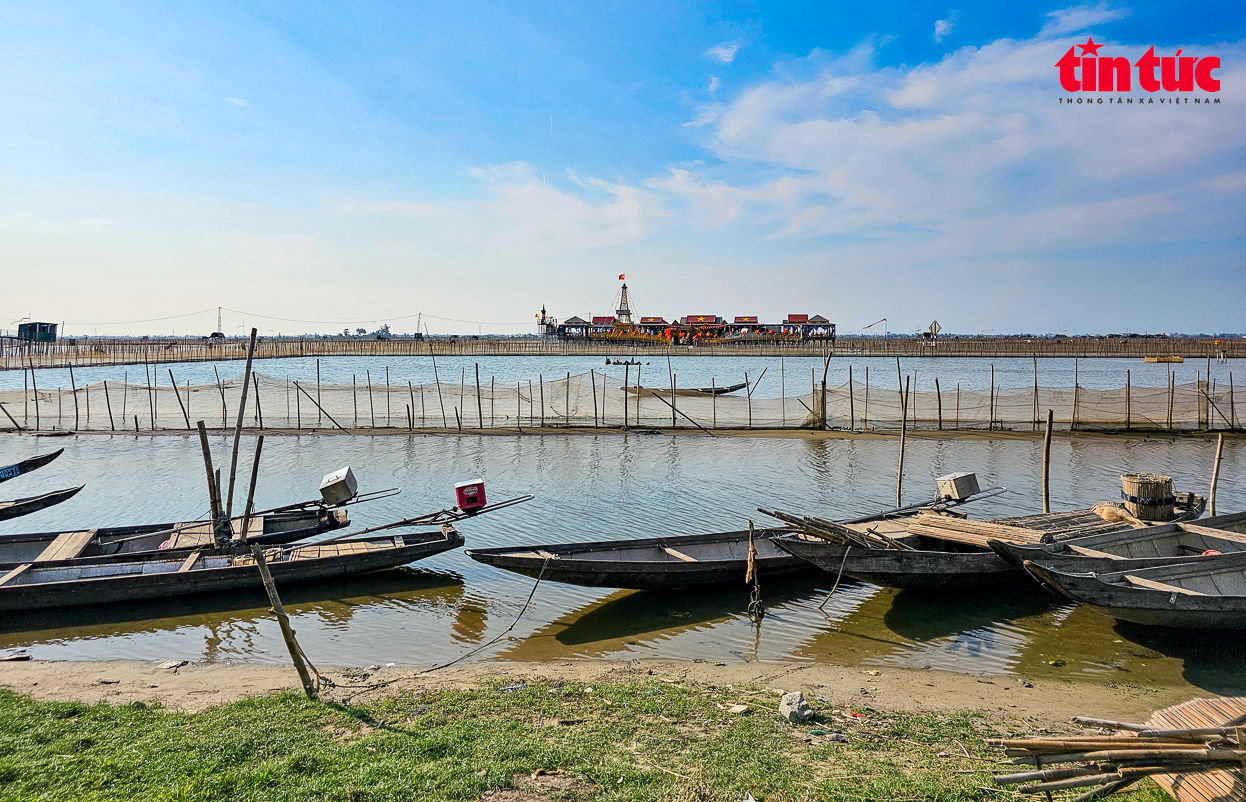
The lagoon has its own beauty with vast, clear, calm waters lying next to sand dunes blocking the sea, with river mouths where water birds live.
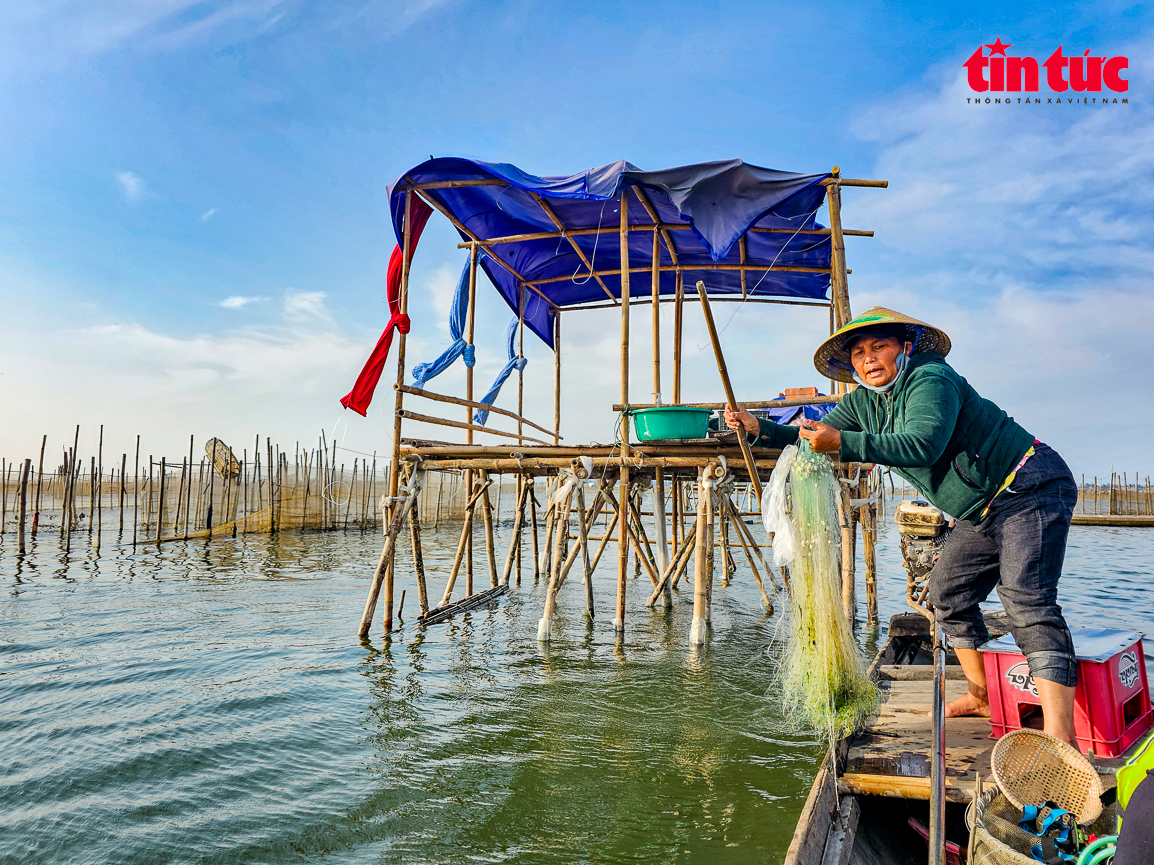
The lagoon residents have a long history with a cultural identity living on the water (mainly making a living on the lagoon).
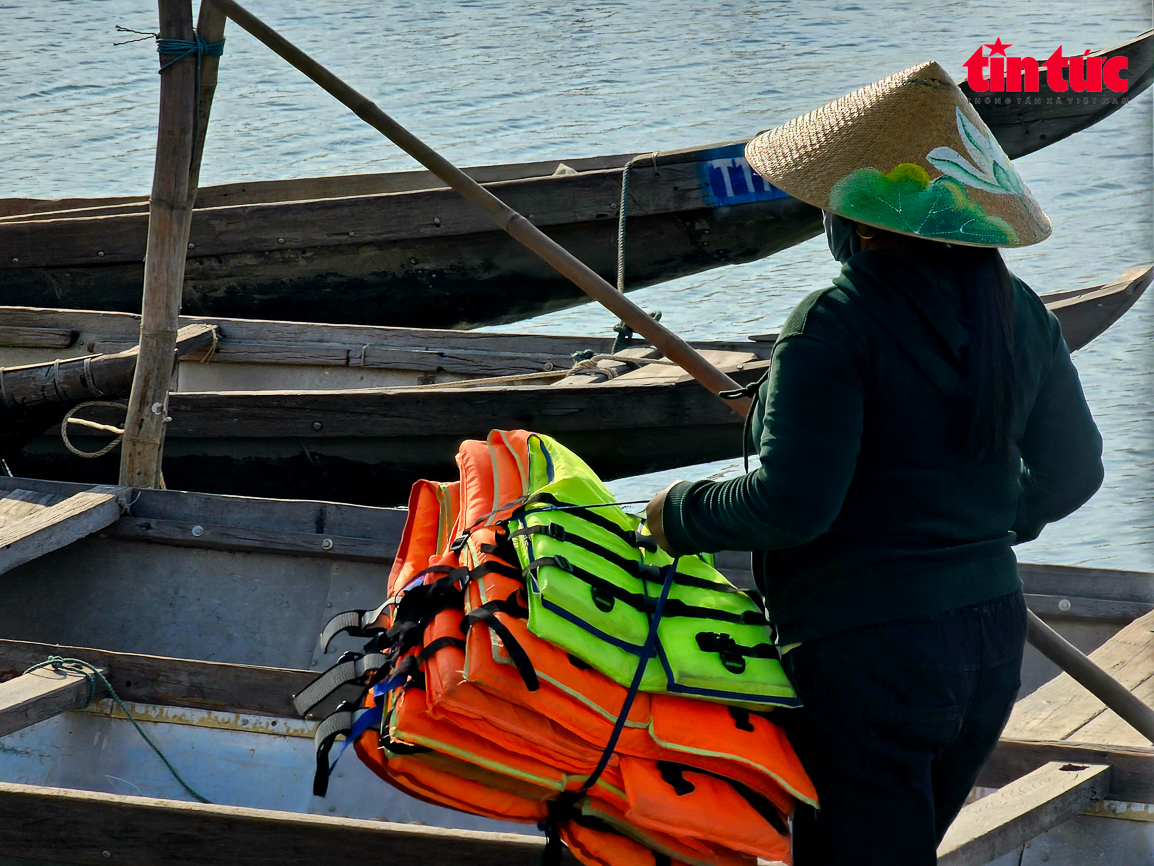
In addition to heritage tourism, Hue City is aiming to exploit the potential of river, sea and lagoon tourism and develop community eco-tourism.
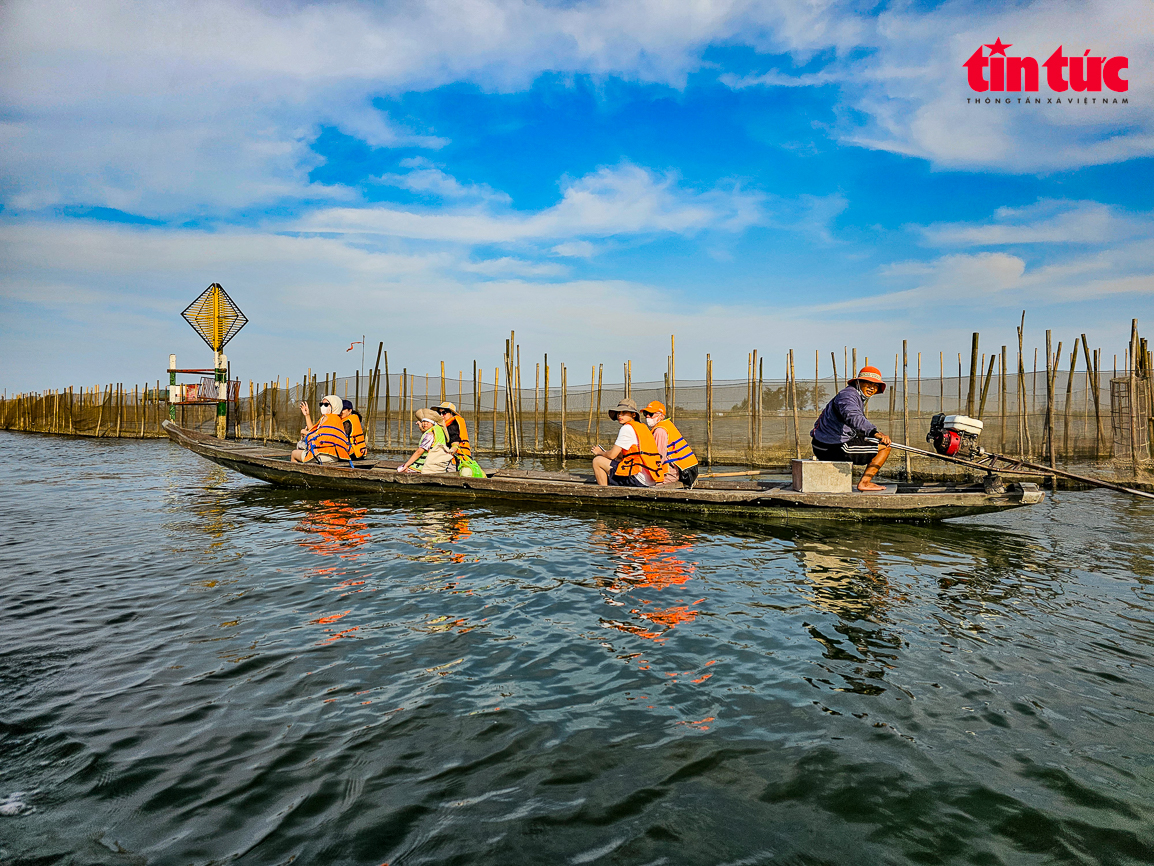
Sunset watching is one of the community tours chosen by tourists when coming to Hue city.
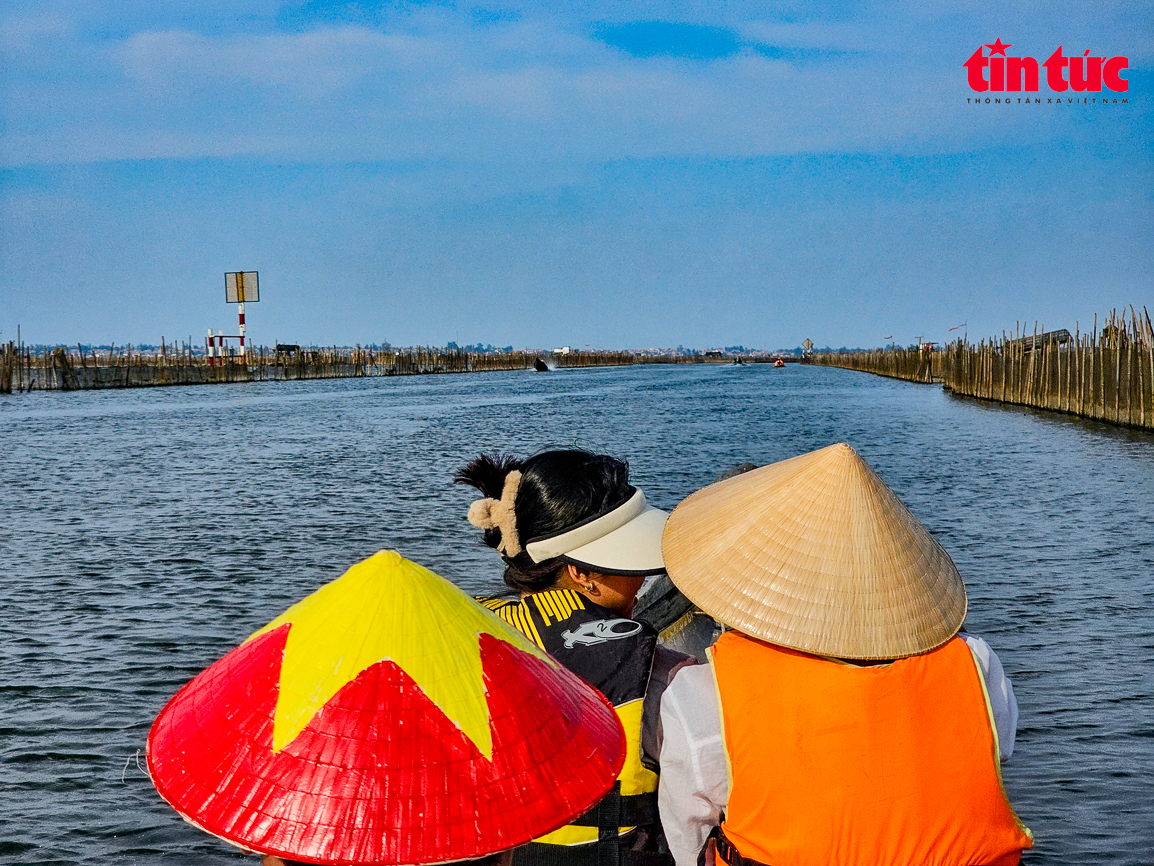
This tour is operated in Dam Chuon and is offered by many travel agencies at an average price of 500,000 VND/person, with a boat tour time of 1/2 day; from 2:00 p.m. until sunset.
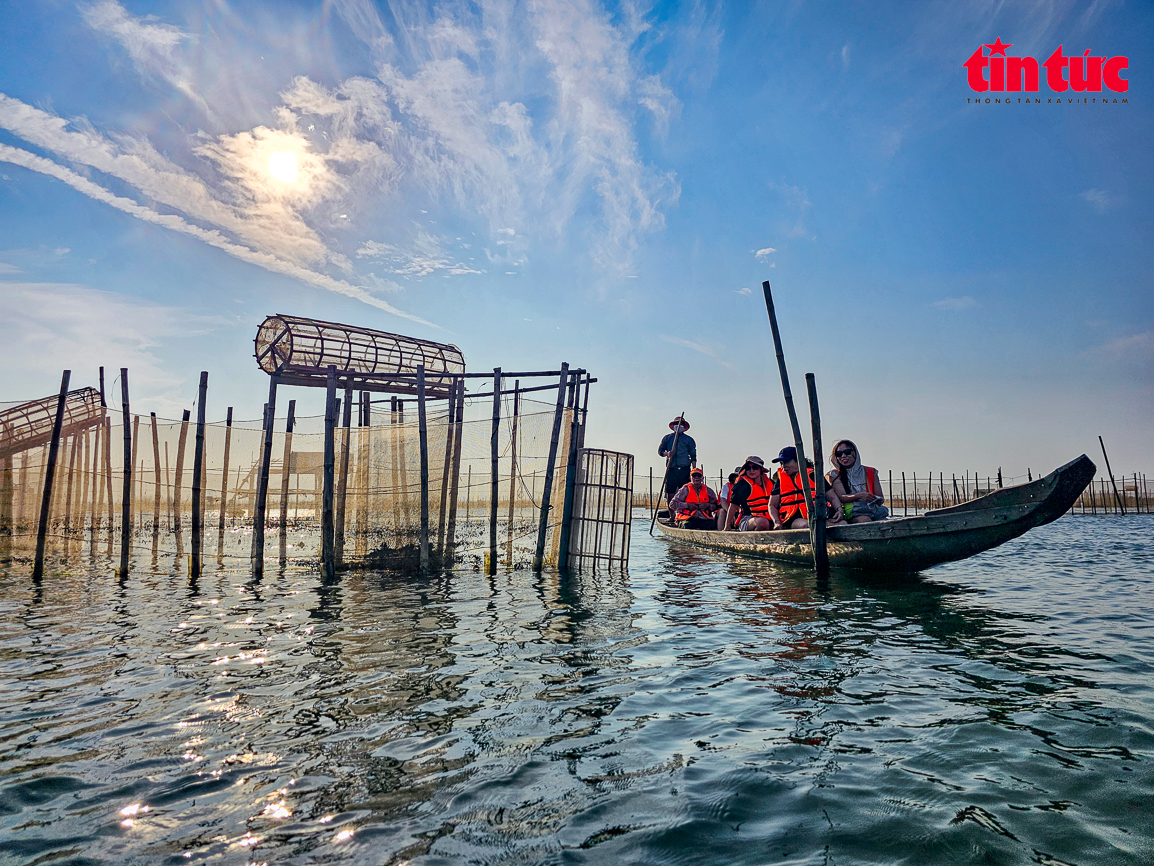
Drifting on Tam Giang Lagoon, everyone is amazed by the pure and peaceful natural beauty.
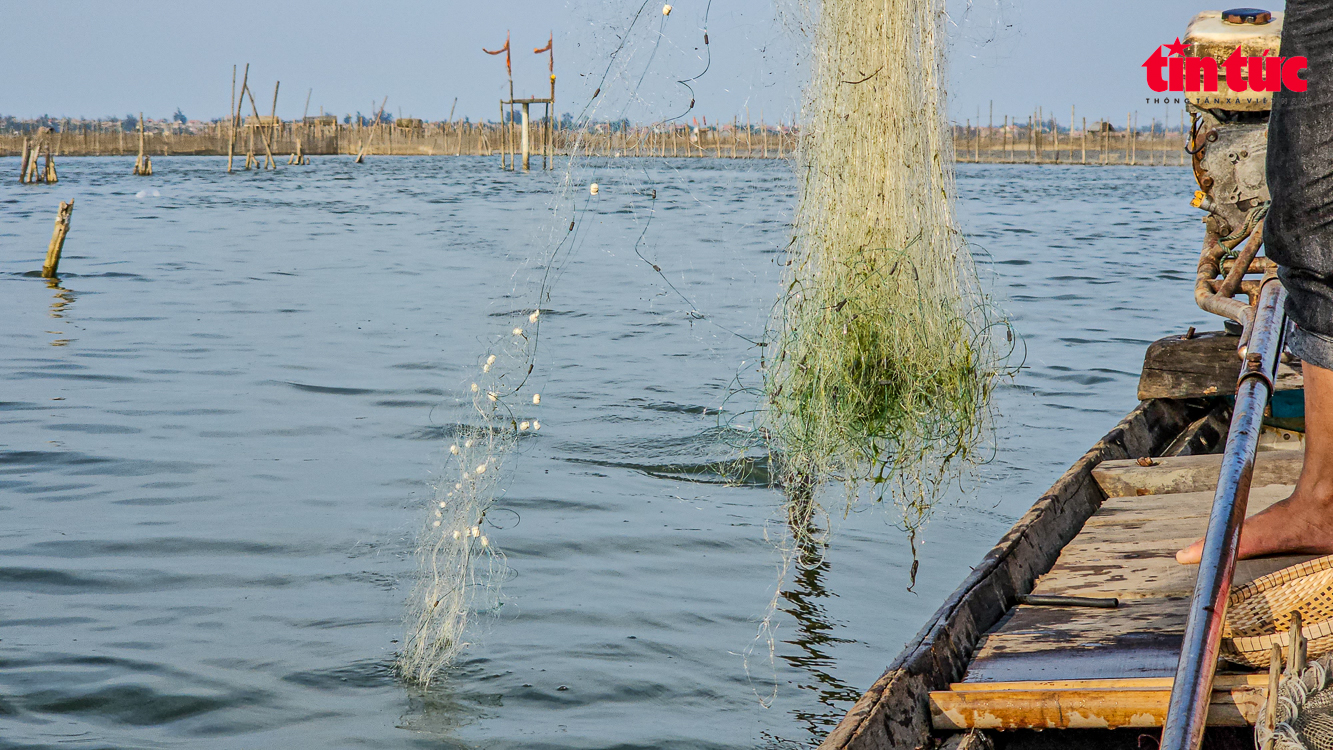
The boatman guides tourists how to cast fishing nets.
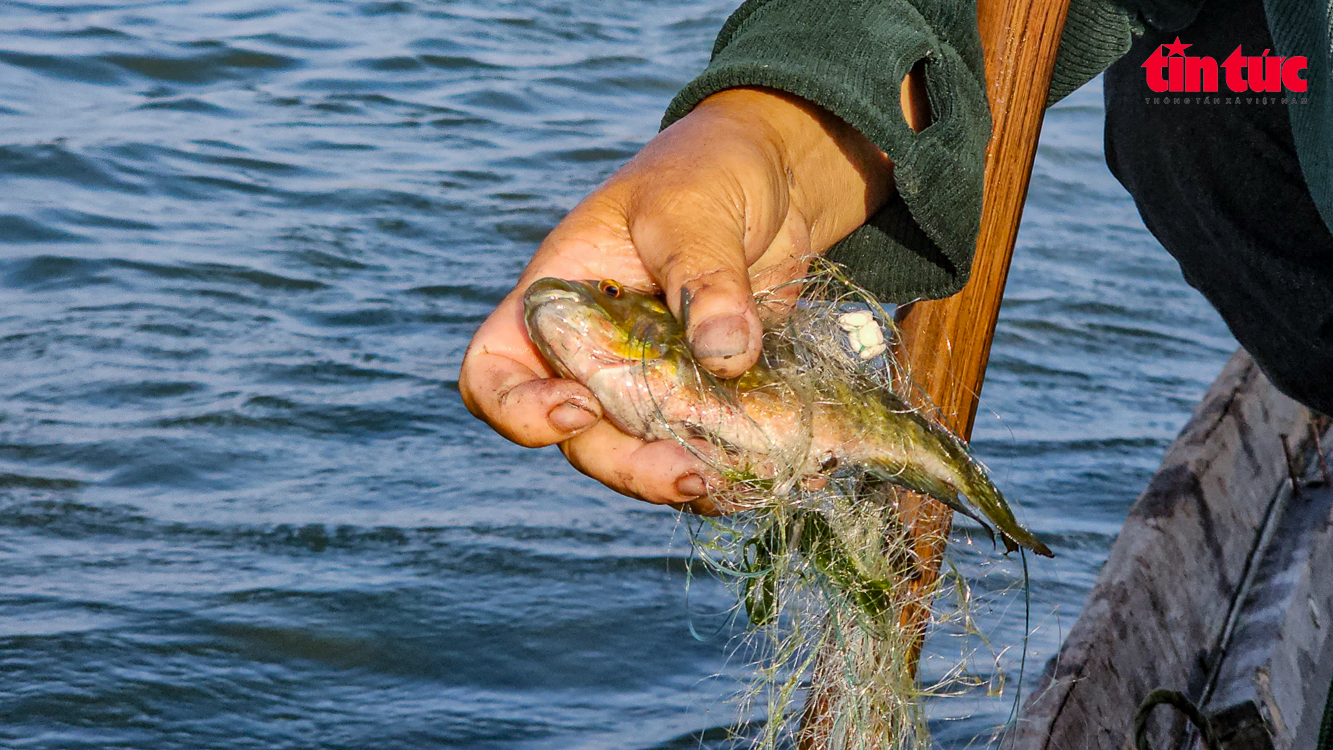
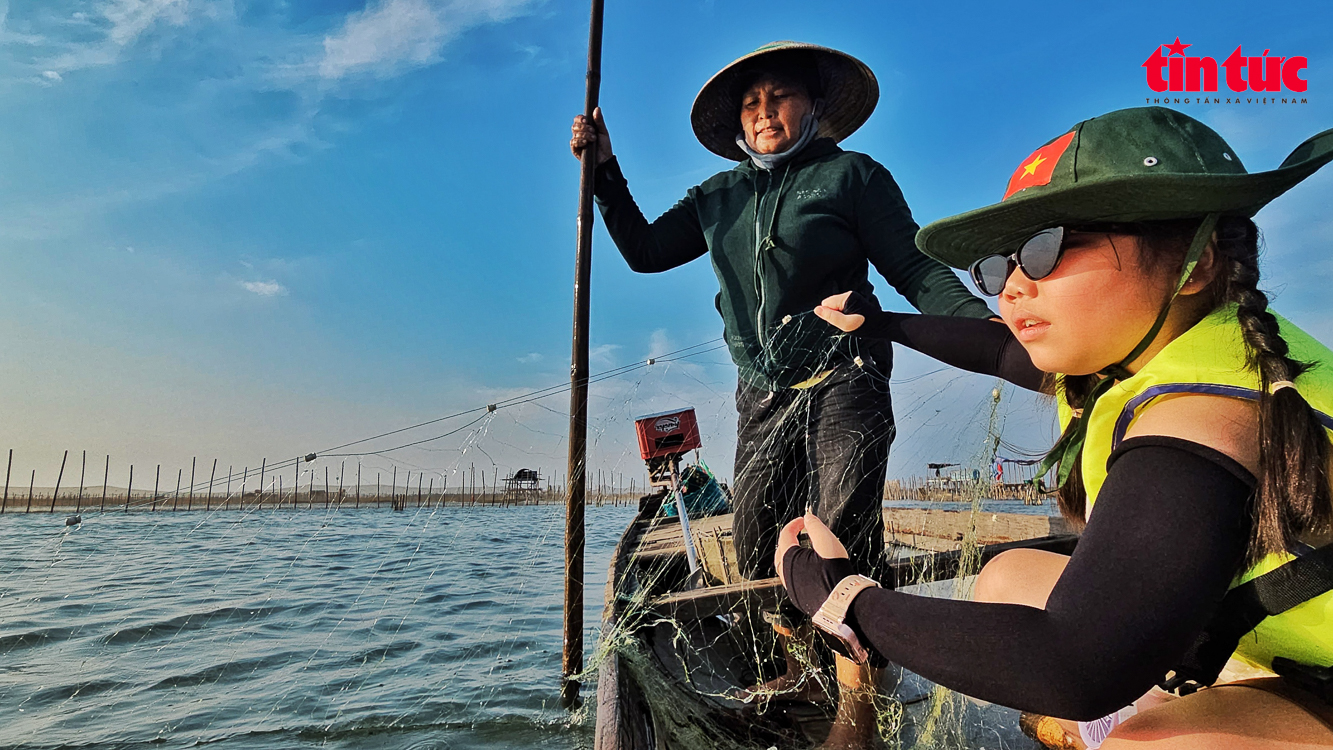
This is a memorable experience for the "little" tourists when they get to pull the fishing net back into the boat's hold.
Faced with changes in weather and life, the fishing villagers are forced to adapt. They struggle to find new ways but do not leave the water, but learn how to do tourism, learn how to preserve the beauty of Tam Giang lagoon to attract visitors from near and far.
It is still the familiar boat, the smell of brackish water and the purple afternoon light covering the lagoon, but now, these trips are not only for fishing but also for letting visitors relax with the immense Tam Giang lagoon. People no longer have to work hard to hunt for shrimp and fish every day but have learned to tell stories about their homeland, so that visitors can listen, feel and return.
Ms. Nguyen Thi Doanh, a native of An Truyen village, and her husband started doing tourism on Tam Giang lagoon many years ago. “From April to September is the best season of the year, the water is salty, shrimp and fish breed, the weather is favorable, the wind and rain are favorable, there are many guests,” Ms. Doanh said. She only cooks for tours but can still earn 300,000 - 400,000 per trip, more regularly than a day of fishing. The fishing village is no longer closed. When one house has many guests, they introduce them to another house, everyone shares the same joy: keeping the profession, keeping the relationship.
Mr. Dang An Sinh grew up in the middle of the water, knowing every forest and every creek by heart. Mr. Sinh said: “Being a fisherman is very hard. I left my net, learned to promote tourism through social networks, made clips, and led tours.” During the peak season, he took tourists to explore tourism, and during the low season, he switched to rustic culinary tours. Thanks to his initiative and learning, his wife and he's tours have more and more customers, with positive feedback.
At first, An Truyen village was still confused about tourism. No experience, no promotion, few visitors, and income was not enough to cover expenses. But then people started to learn, seeing "KOLs" introduce destinations with short videos, they also tried to create content themselves, posting on Facebook and Zalo. In 2024, visitors increased dramatically, revenue improved, and the fishing village seemed to be living a new dream.
However, fishermen understand that if they want to go the long way, they cannot just focus on profit. They tell each other to preserve the landscape, to preserve the "heaven-given" that Tam Giang lagoon has. In the past, boatmen knew how to release small fish back into the water to preserve the source. Nowadays, people working in tourism remind each other that protecting the environment is to preserve their livelihood, to keep the trust of customers coming back. Ms. Doanh confided: "Even when there are no customers, if we catch crabs or small fish, we release them all. We have to save them for the future."
From the water that once nourished the fishing village, the villagers are now learning how to nurture that water with knowledge, love for their homeland and a desire for sustainable development.
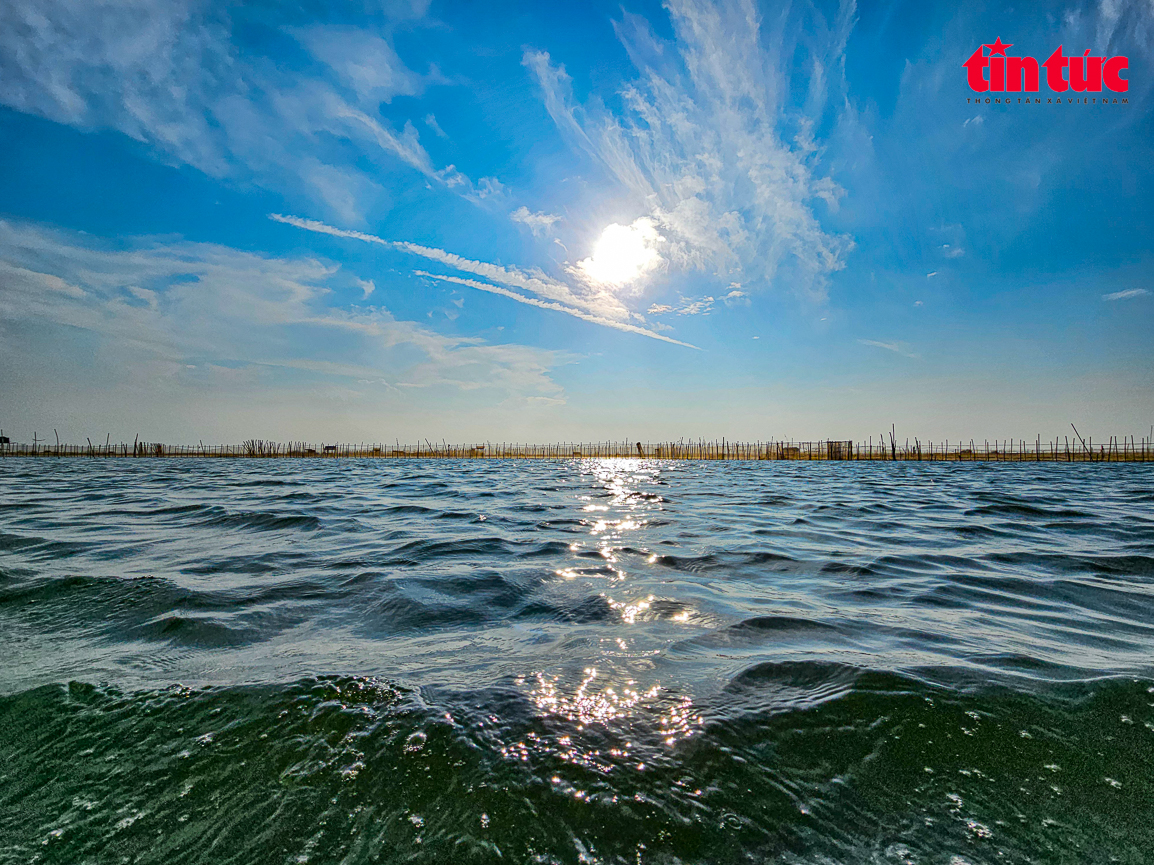
Chuon Lagoon (or Cau Hai Lagoon) is located in the Northeast of Phu An commune, Phu Vang district, about 12km from Hue city center; has an area of up to 100 hectares; belongs to Tam Giang lagoon system.
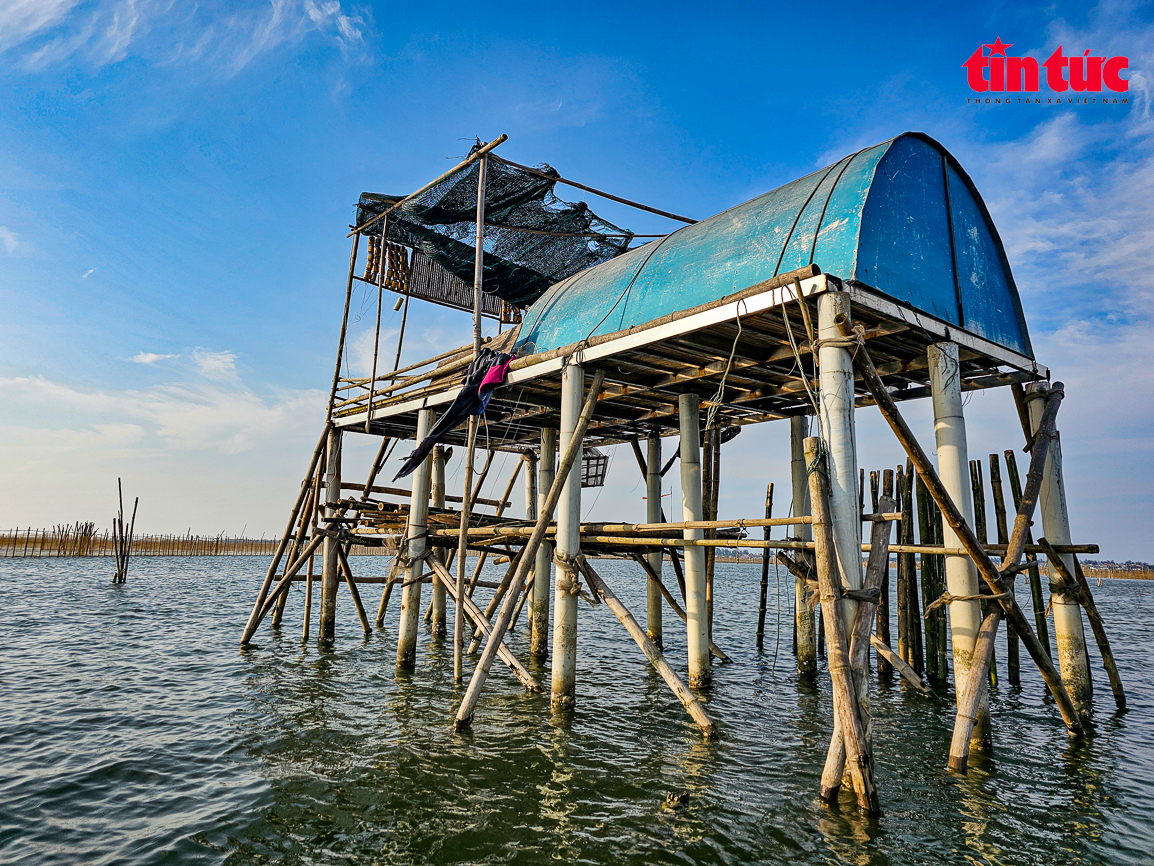
Close-up of the stilt house in the middle of Chuon lagoon on Tam Giang lagoon.
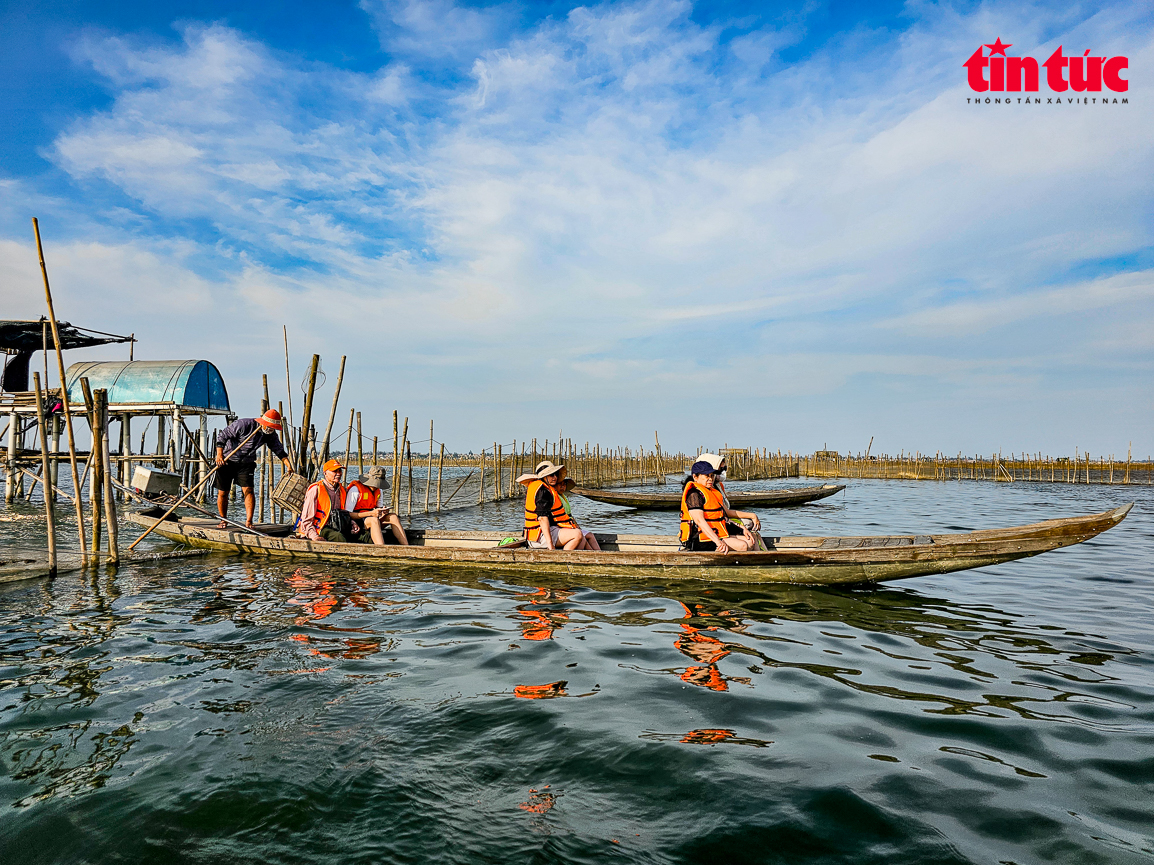
The price to rent a boat to cruise on the lagoon is about 250,000 VND, which can carry 7-8 tourists. If you eat at a restaurant on the lagoon, the rental price is only 100,000 VND/boat.
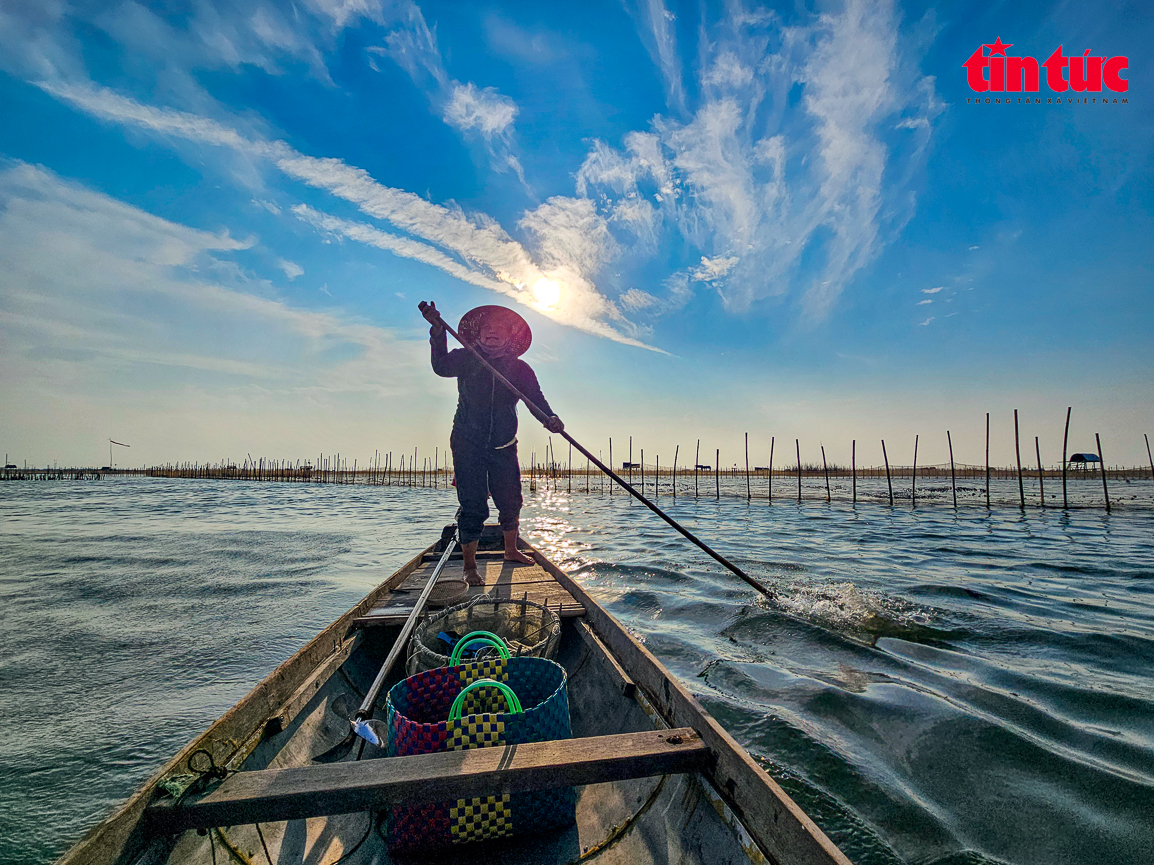
The peaceful life of the residents of Tam Giang lagoon.

The time spent sitting on a wooden boat, slowly drifting along the water to visit Chuon lagoon, will make anyone feel excited when immersing themselves in the open space.
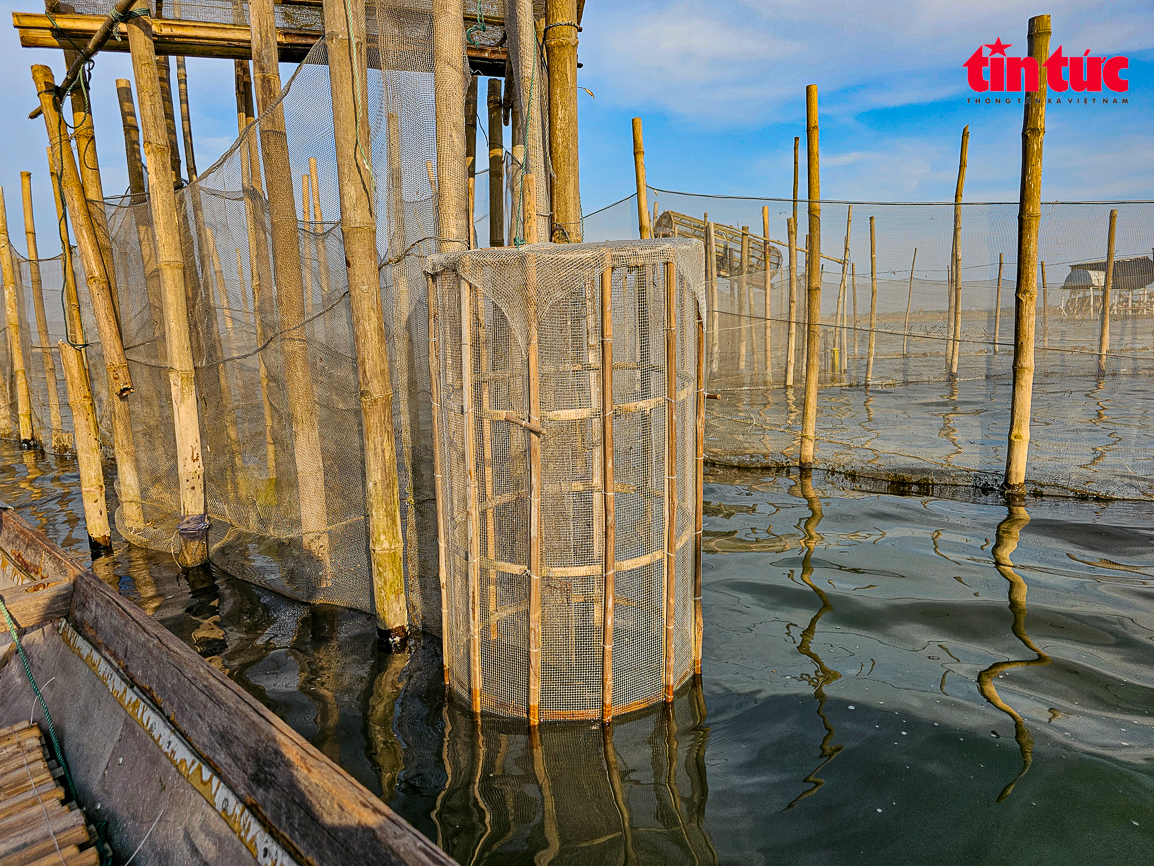
Fishing with traps is a characteristic of Tam Giang lagoon.
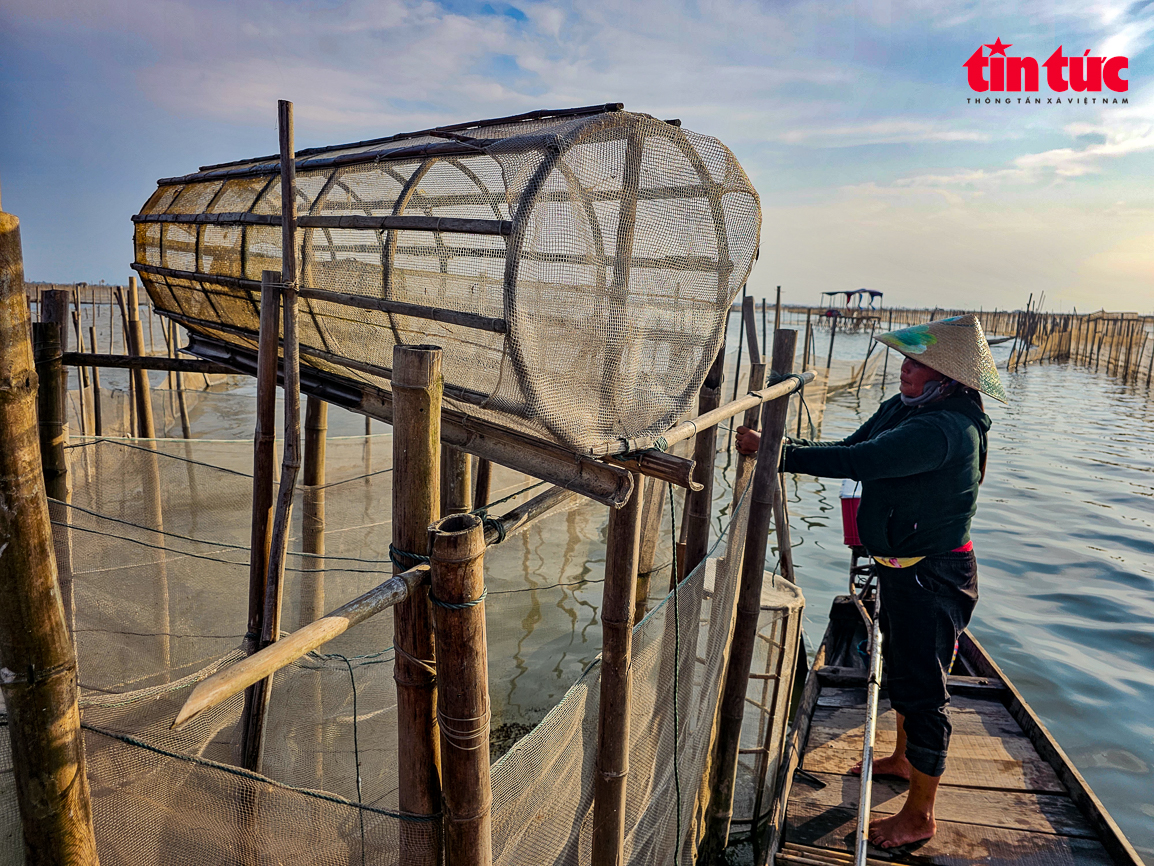
With low cost, only one-time investment but can be exploited for a long time, pouring No is a job that brings stable income to fishermen here.
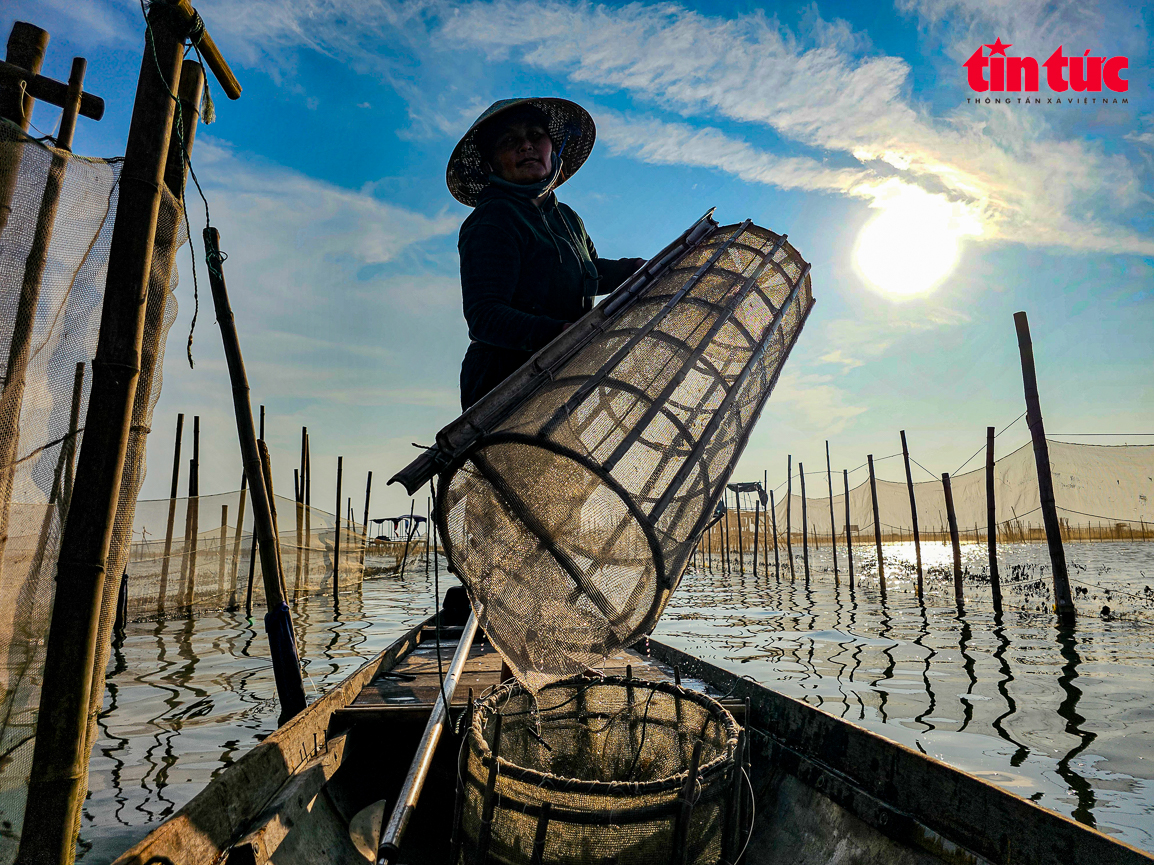
Currently, the No system and the No pouring activity are also exploited by An Truyen people in the sightseeing and tourism program in Tam Giang lagoon.
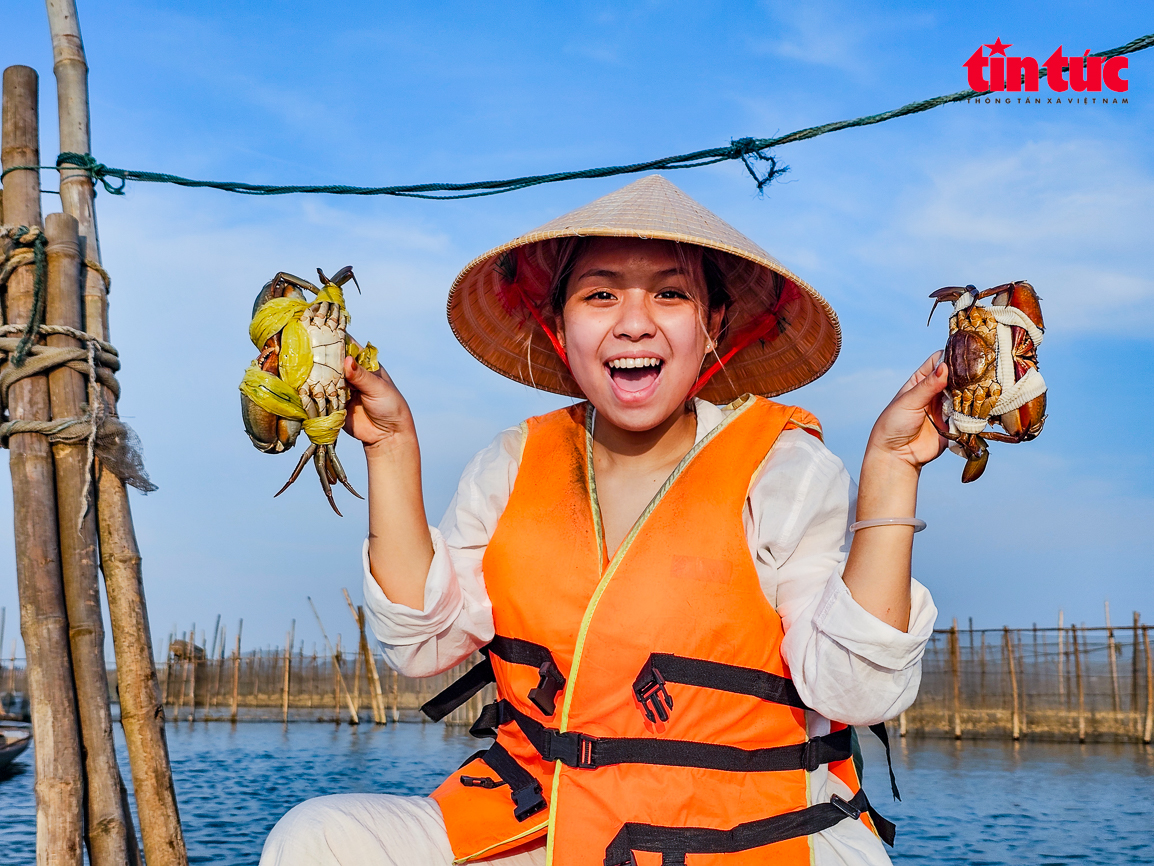
The joy of tourists when they collect "spoils" after a while of pouring No.
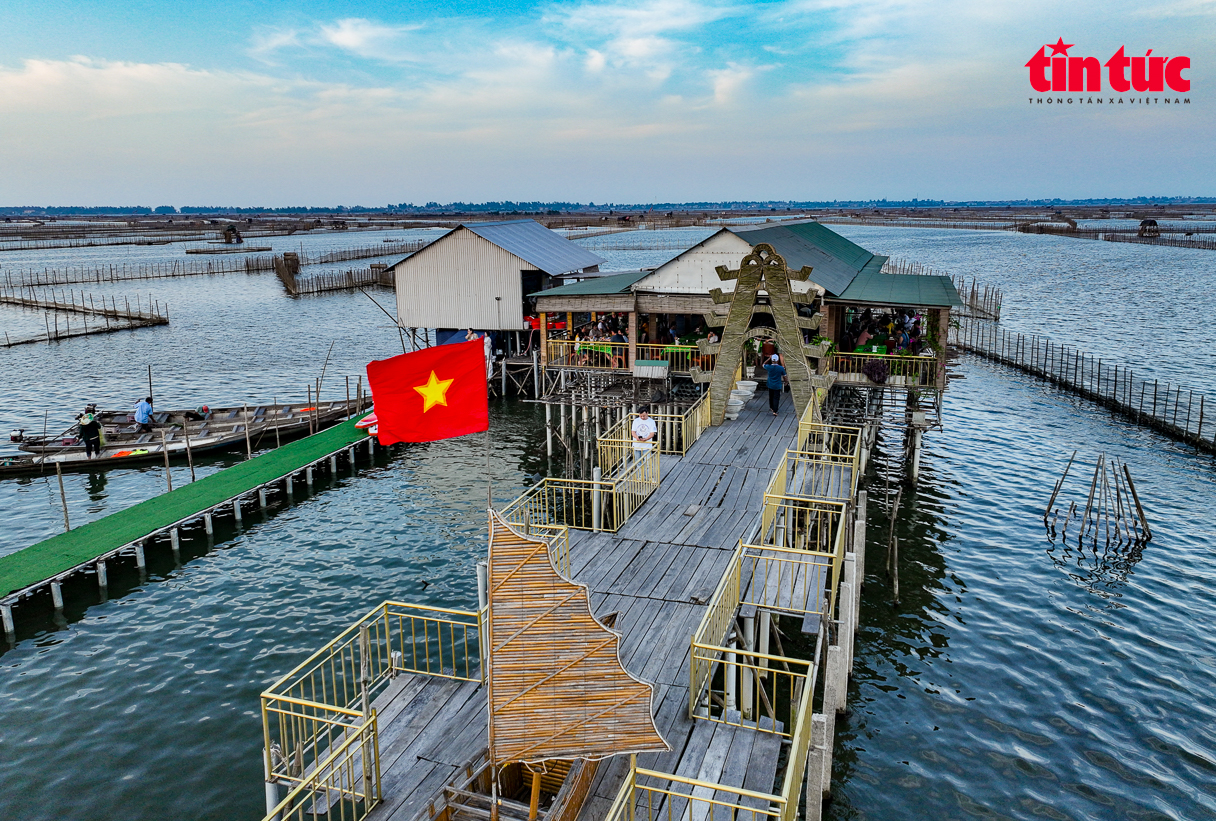
Food services on Chuon lagoon are quite diverse and rich, prices are also very affordable.
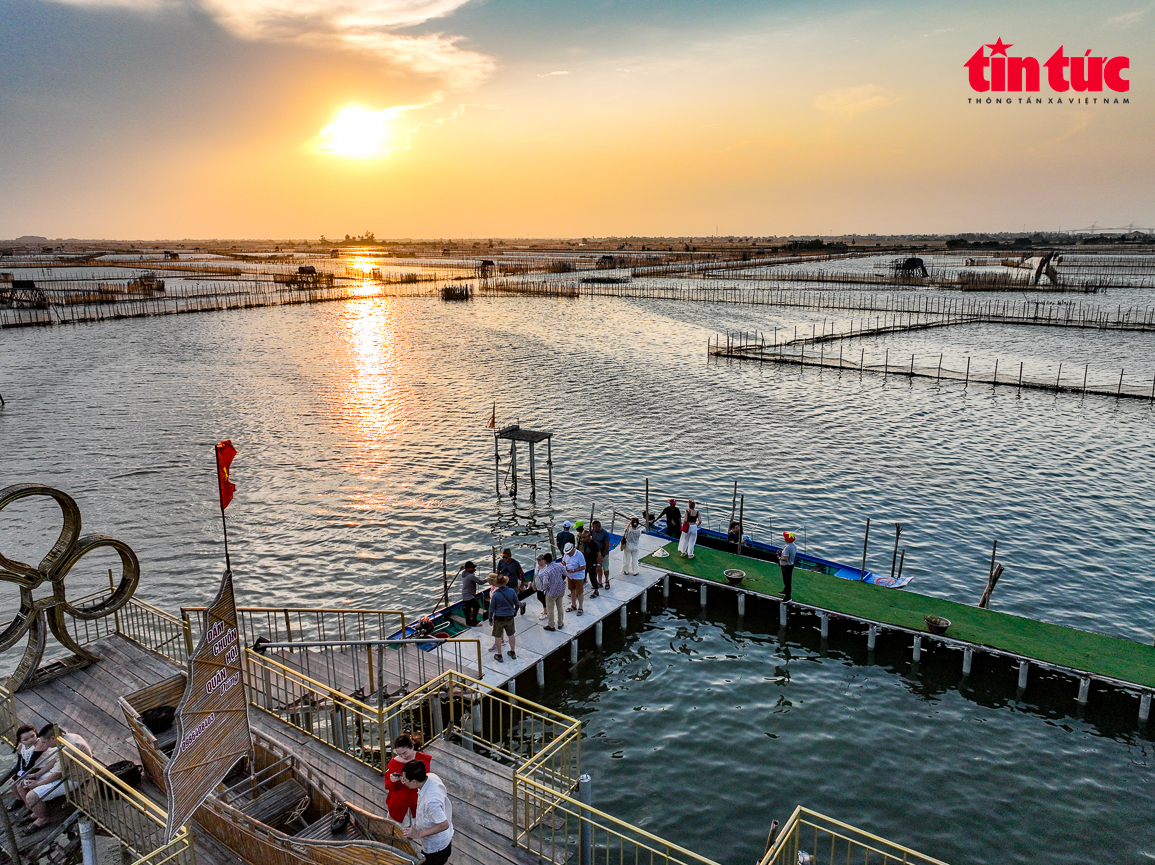
Sunset is perhaps the most beautiful and peaceful moment on Tam Giang lagoon.
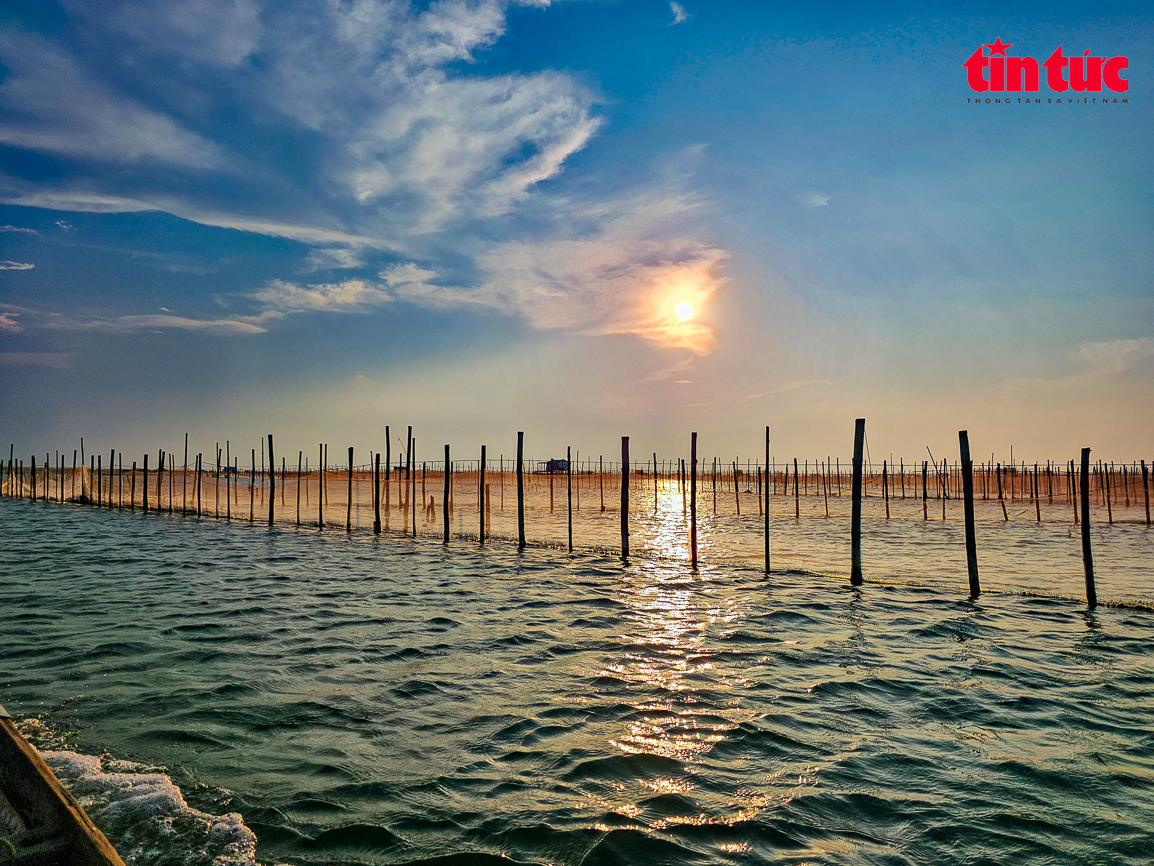
The poetic sunset brings home-sickness to those living far away.

In addition to heritage tourism, Hue City is aiming to exploit the potential of river, sea and lagoon tourism, develop community eco-tourism, contributing to diversifying, creating brands and unique marks for tourism products of the ancient capital.
Over the past years, Phu An commune, Phu Vang district has gradually awakened the potential of the lagoon area by developing community tourism. This is not only a new direction in local economic development, but also the key to opening up job opportunities, improving people's lives and aiming at sustainable poverty reduction for the people.
From the small, narrow village roads of the past, Phu An has now taken on a new look. The locality has invested in building infrastructure to serve tourism such as inter-village roads, parking lots, waiting rooms, gardens and green spaces. These seemingly simple items have created a solid foundation for community tourism in Tam Giang lagoon to flourish, welcoming groups of visitors from all over to visit and explore.
Many tourists have been captivated by the tour programs imbued with the identity of their hometown: Experience the rustic yet charming Chuon village (An Truyen village); follow fishermen to release chuon and cast nets on Chuon lagoon; sit on a boat and watch the purple sunset covering the surface of Tam Giang; or quietly lie in the middle of the mangrove forest, paddle SUP through the green patches...
Not only stopping at the experience, community tourism here also "revives" traditional values, helping people preserve indigenous culture through each dish, each song, each rustic but humane homestay. Each activity contributes to bringing a stable source of income, creating a local livelihood, improving the quality of life for hundreds of households along the lagoon.
What is more precious is that tourism does not make people leave their homeland, but on the contrary, makes them love every inch of their homeland more. Phu An people are now not only farmers or fishermen, but also "genuine tour guides", the most vivid cultural storytellers. They gradually raise their awareness of protecting the ecological environment, preserving the landscape and the identity values left by their ancestors.
Along with that, Phu Vang district has synchronously implemented sustainable poverty reduction policies in the period of 2021 - 2025, combined with community tourism development to create a clear change in social security, improving the quality of life for people living in the lagoon. Each wave on Tam Giang lagoon now not only beats the rhythm of life, but also beats the aspiration for change, for a prosperous future from the closest and most familiar things.
Trung Nguyen/News and Ethnic Newspaper
Source: https://baotintuc.vn/anh-360/anh-360-do-khi-du-lich-cong-dong-tro-thanh-nhip-song-moi-ben-pha-tam-giang-20250511114316150.htm



![[Photo] National Assembly Chairman Tran Thanh Man attends the VinFuture 2025 Award Ceremony](/_next/image?url=https%3A%2F%2Fvphoto.vietnam.vn%2Fthumb%2F1200x675%2Fvietnam%2Fresource%2FIMAGE%2F2025%2F12%2F05%2F1764951162416_2628509768338816493-6995-jpg.webp&w=3840&q=75)


![[Photo] 60th Anniversary of the Founding of the Vietnam Association of Photographic Artists](/_next/image?url=https%3A%2F%2Fvphoto.vietnam.vn%2Fthumb%2F1200x675%2Fvietnam%2Fresource%2FIMAGE%2F2025%2F12%2F05%2F1764935864512_a1-bnd-0841-9740-jpg.webp&w=3840&q=75)

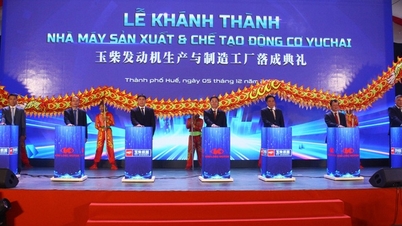

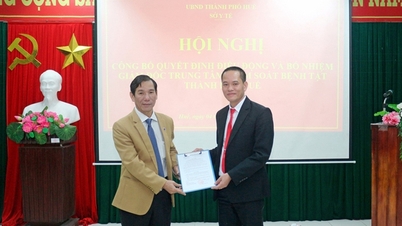

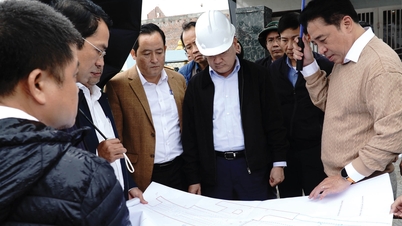

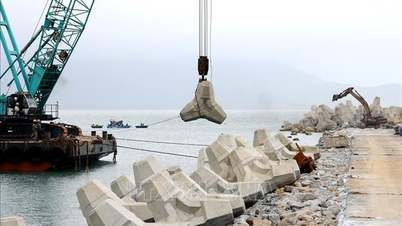
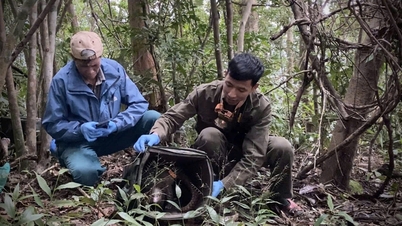
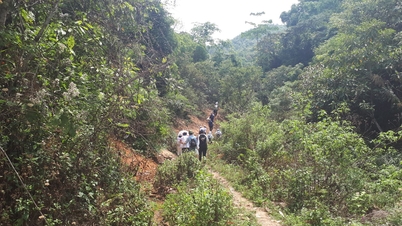






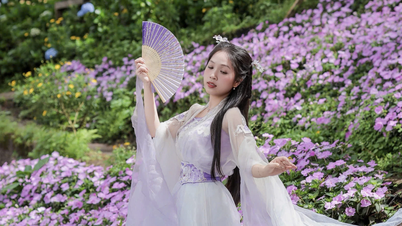








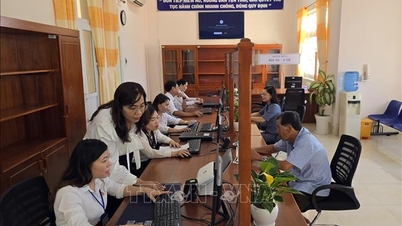

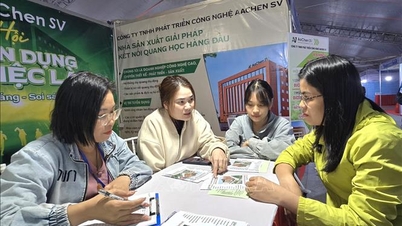


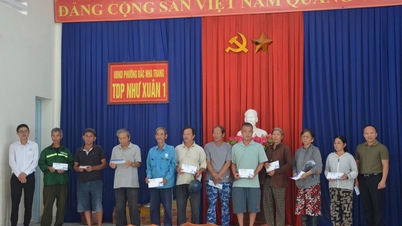




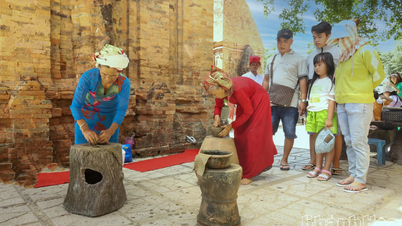



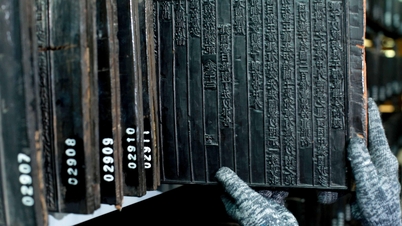






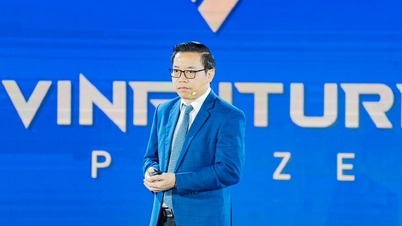
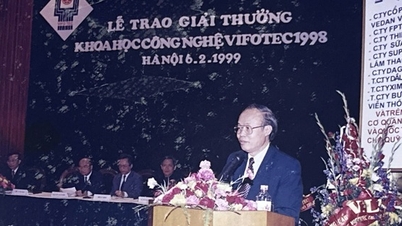

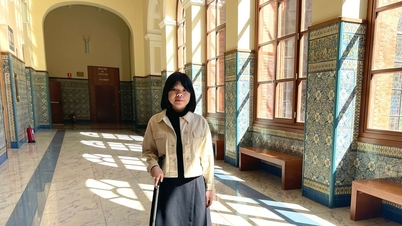


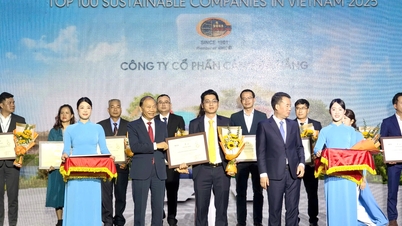
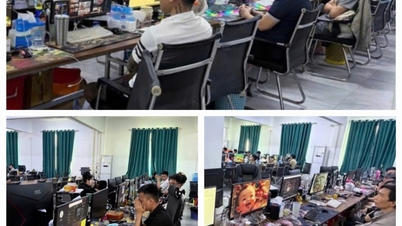
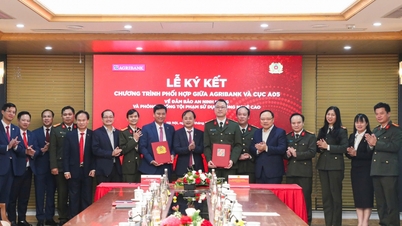

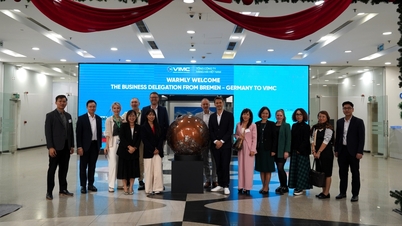
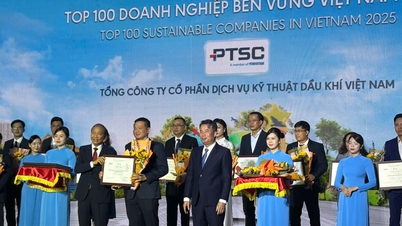










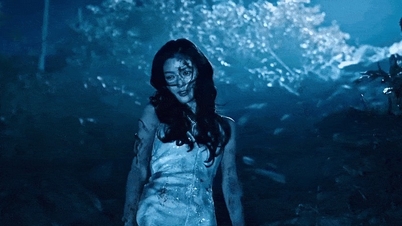



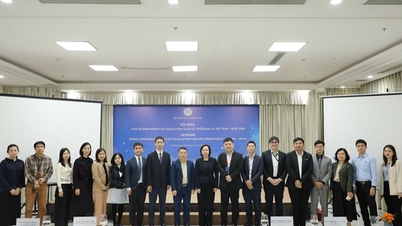


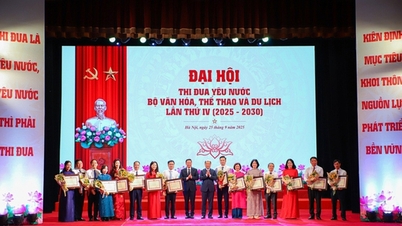

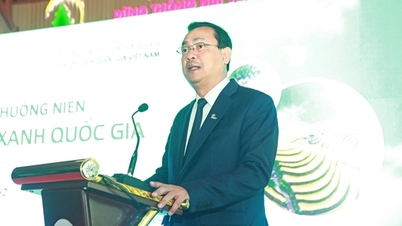
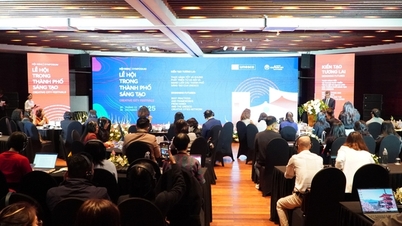
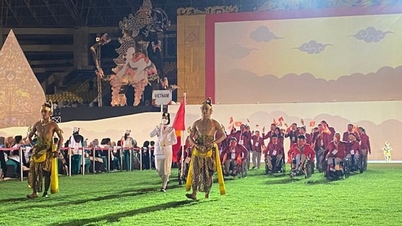
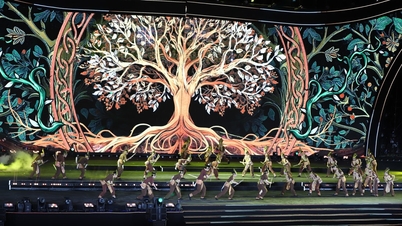

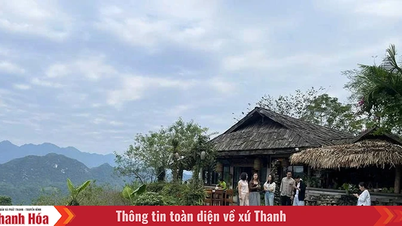

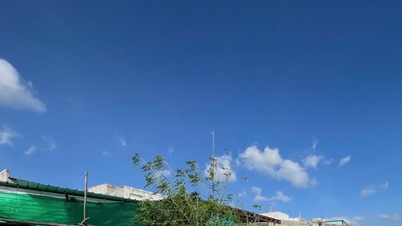
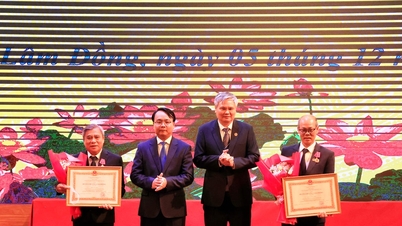
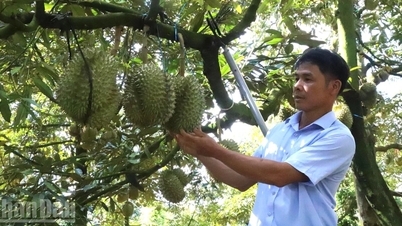
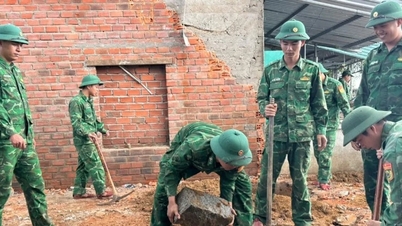












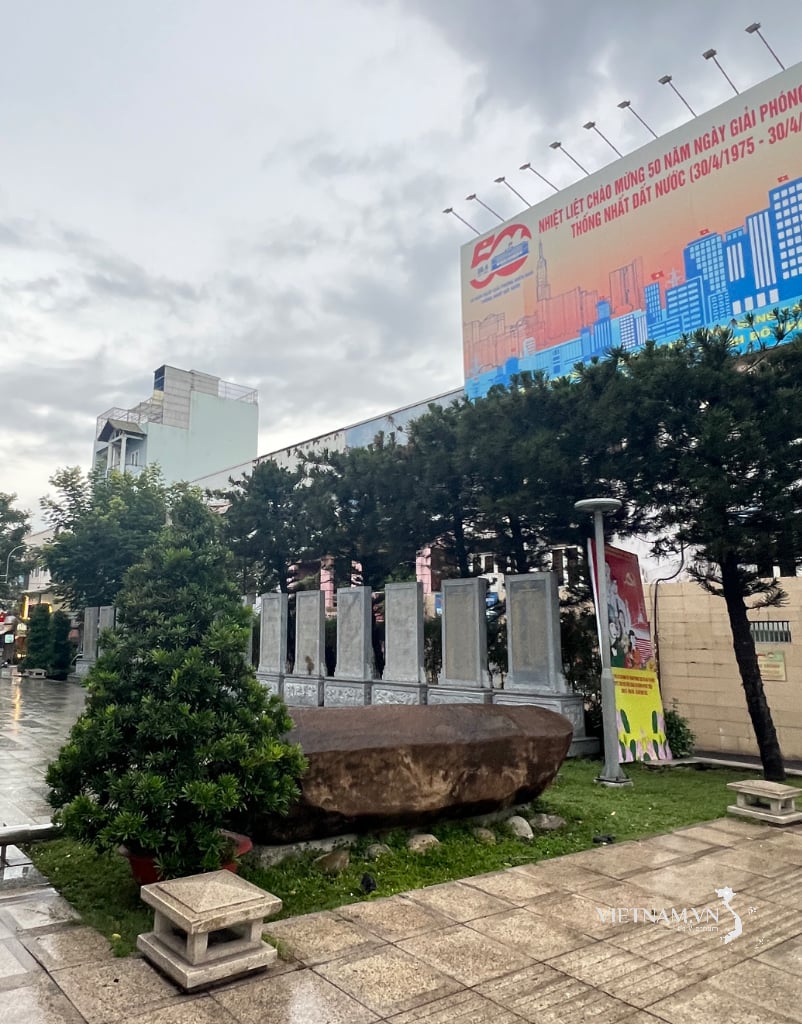




Comment (0)